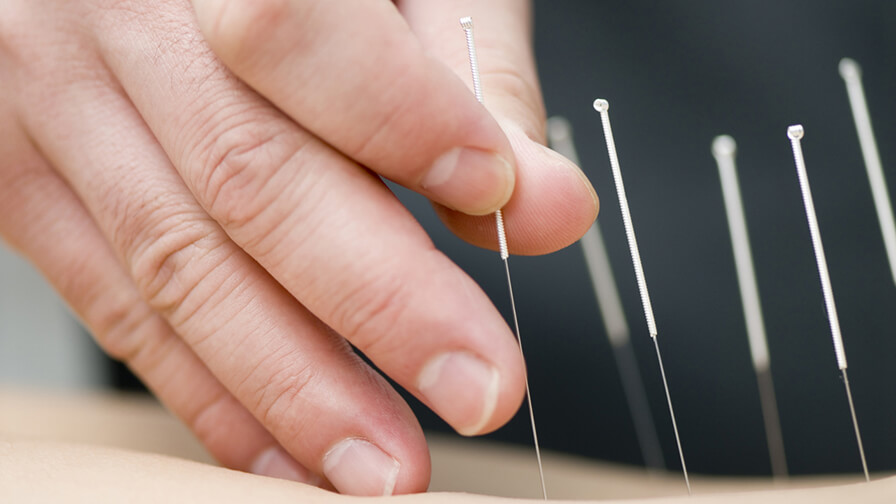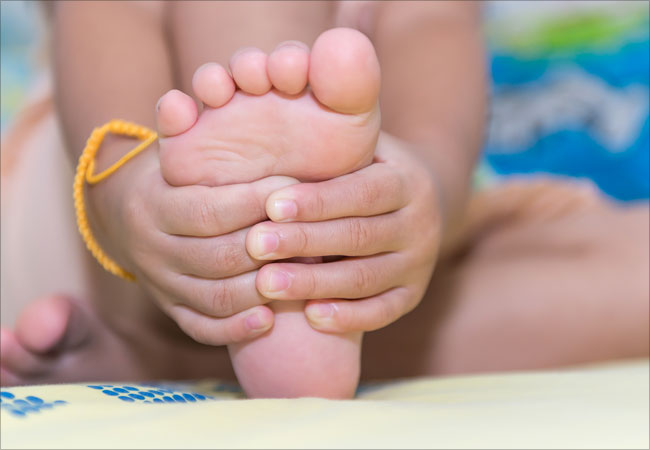Have you experienced the benefits of Dry Needling?
Dry needling is a treatment technique that is gaining popularity amongst allied health professionals due to its minimally invasive nature and fantastic clinical outcomes. Despite this, many patients are still fearful of the process. Osteopath Sam attempts to break down some barriers to Dry needling below.
Dry needling involves the insertion of needles into tender points within the body without the injection of substance. It is commonly used in both acute and chronic musculoskeletal complaints with the aim of targeting myofascial trigger points. Dry needling and trigger point therapy appeared almost as an incidental finding, arising from injection therapy of anesthesia to treat painful musculoskeletal conditions. Research out of America in 1941 revealed that pain could be relieved by the simple insertion of an injection without any substance.
Dry needling is now a technique utilised by a multitude of disciplines from doctors to manual therapists all over the world, and most commonly uses acupuncture needles. It is known to be a low risk and minimally invasive form of therapy that can be combined well with other treatment modalities to assist in the alleviation of musculoskeletal pain.
The benefits associated with dry needling are:
- release of contracted muscles
- improved blood circulation
- increased muscle and tendon strength
- improvement in joint range of motion all contributing to decreases in pain sensation.
- increased healing time and return to sport
What to expect?
- The needles that are utilised in dry needle therapy are extremely fine. (less than .25 mm)
- Your practitioner will identify the trigger points associated with your familiar pain
- The needle is encased in what is called a guide tube, which the practitioner will use to tap and guide the needle into the trigger point.
- The insertion of the needle may feel like a pinch or you may experience a dull heavy sensation, it may cause a twitching sensation or spasm of the muscle or you may feel nothing at all. Your practitioner may manipulate the needle after insertion to induce muscular spasm or twitches.
Due to the fine needles utilised, the process of dry needling often has vastly less pain associated than that of a blood test or vaccination.
As with any manual therapy treatment it is normal to experience transient side effects associated for up to 72 hours. Most commonly you may experience an ache, bruising, muscular fatigue and tightness.
What is the difference between dry needling and acupuncture?
It is believed that without acupuncture dry needling as therapy would not exist. The needles utilised with both techniques are the same, but where they differ is the insertion points. As mentioned dry needling focuses on trigger point therapy for release of the muscles.
Acupuncture has a 5000 year history in chinese medicine that believes health is associated with the flow of chi in the body. It is believed that chi travels through the body along pathways called meridians. These meridians are linked to organs and internal structures of the body and utilised as insertion points to restore chi.
The other major difference between the two techniques is the length of time needles are left in the body, for dry needling needles can be inserted and immediately retracted or left in for a few minutes, whereas needles during acupuncture are often left in the body anywhere from 15-20mins.
To experience the benefits that dry needling can bring to you session, chat to your Williamstown Health and Lifestyle therapist at your next session to see if Dry needling is appropriate for you.





